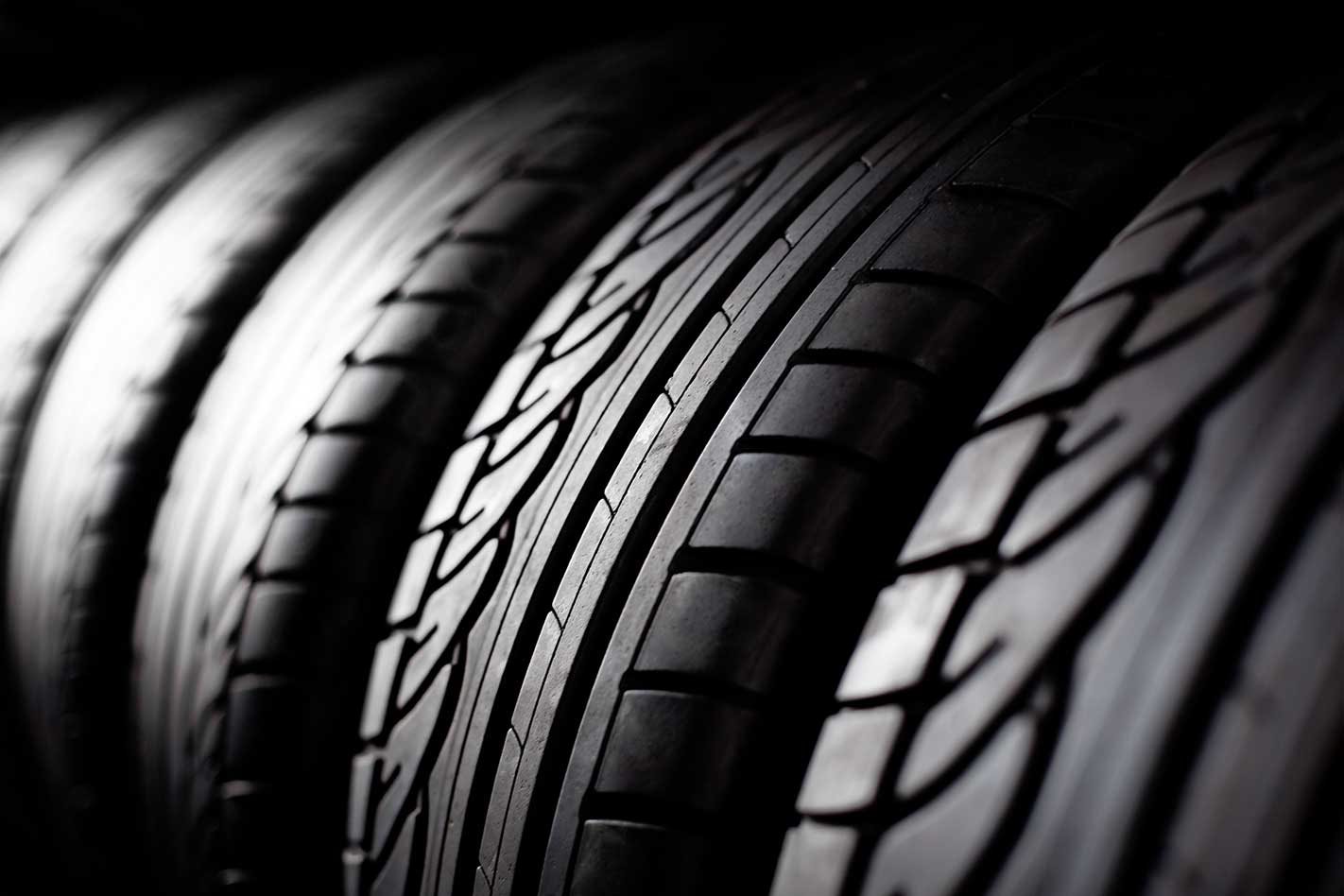
Ok, so you probably have a pretty good understanding of what tyres are and what they do. But did you know there are tyres made with orange oil, or ones that smell like lavender when they heat up (seriously)? We didn’t think so. There are so many different types of tyres available, from low profile, high performance, all-terrain, eco and run-flat, but don’t panic, we’re here to break it down for you.
Each individual tyre is marked with an ID number that make the tyre look more like a high school calculus quiz than a label. So, it’s no wonder finding the right tyre is such a daunting process. But knowing the tyre basics can save more than your wallet.
TYRE TYPES
Some tyre types are pretty self-explanatory; we aren’t going to explain what a mud tyre is. But what makes an eco tyre so economical, or a decibel tyre so quiet? And is a run-flat as simple as it sounds?
Low-profile tyre
The amount of rubber between the tread and the wheel rim is called the ‘profile’ of the tyre. A low-profile tyre has less room for flex in the side (sidewall) of the tyre and it also appears lower to the ground. It offers better handling and feel, but the typical trade-off is a harsher and noisier ride.
Eco tyre
Eco tyres aren’t going to save the planet; they are still black rubber bands. They can save you fuel, though. The addition of silica to the tyre compound means it doesn’t deform when the tyre heats up. This low rolling resistance, or drag, saves fuel without compromising performance.
Decibel tyre
A quieter tyre will usually be designed specifically for comfort, where chunky mud tyres and low-profile performance tyres will always be loud. There are tyres, however, specifically designed for low road noise. They are expensive, but effective, and particularly handy for people who do a lot of highway miles.
H/T, M/T and A/T tyres
Highway-Terrain, Mud-Terrain and All-Terrain are all tyres with larger treads for greater grip. These tyres are usually found on SUVs and 4WDs.
XL tyres
No, they aren’t huge tractor tyres. XL means ‘extra load’ and is a durable, tough tyre that can take weight.
Commercial tyre
These are tyres with a high load rating and are suitable for vans, trailers and trucks.
Run-flat tyre
A flat tyre is an absolute pain in the proverbial. And a sudden puncture is a scary thing, particularly at speed. For many years now, manufacturers have been evolving the run-flat tyre, which has a thicker sidewall so they can stay pretty much inflated after a puncture, letting you get to the service station safely. The tyres are usually aided by pressure monitors to alert the driver that there’s a puncture.
TYRE SIZE
The most obvious set of numbers on the side of the tyre are the tyre’s measurements. These numbers can be broken up into four sections:
- Width of the tyre tread, in mm.
- Width of the sidewall (profile) as a percentage.
- What kind of tyre it is.
- The diameter of the rim it fits on to, in inches.
Let’s use an example. If a tyre number reads 235/40 R17, what it means is:
- Tyre tread is 235mm wide.
- The sidewall’s width is 40 percent of the width of the tread.
- The “R” stands for Radial, which is pretty much every tyre these days.
- Fits a 17in rim, which is the measurement of the diameter of the wheel.
After the tyre size numbers is a speed and load rating. These are important, particularly if you’re going to carry a load, tow, or take your car to the track. Unfortunately, they are not the actual weight or speed numbers, but rather reference numbers; so you need to look up a chart to know exactly what they stand for.
So say the numbers read 235/40 R17 91Y:
The number (91) refers to the load index, or the amount of weight that can be placed on each individual tyre. The reference numbers range from 81 to 96, and the weights range from 462kg to 900kg. The index ‘91’ is 630kg, so our car can handle a 2520kg payload.
The letter (Y) means the maximum speed the tyre is capable of. The reference letters run from N to Z and from a maximum of 140km/h up to 300km/h (Y).
Tip: The manufacturer’s recommended tyre sizing and loading, along with the optimal pressures for those tyres, can be found on a plate on the car. This is usually in the doorjamb, but sometimes under the bonnet or under the fuel cap.



